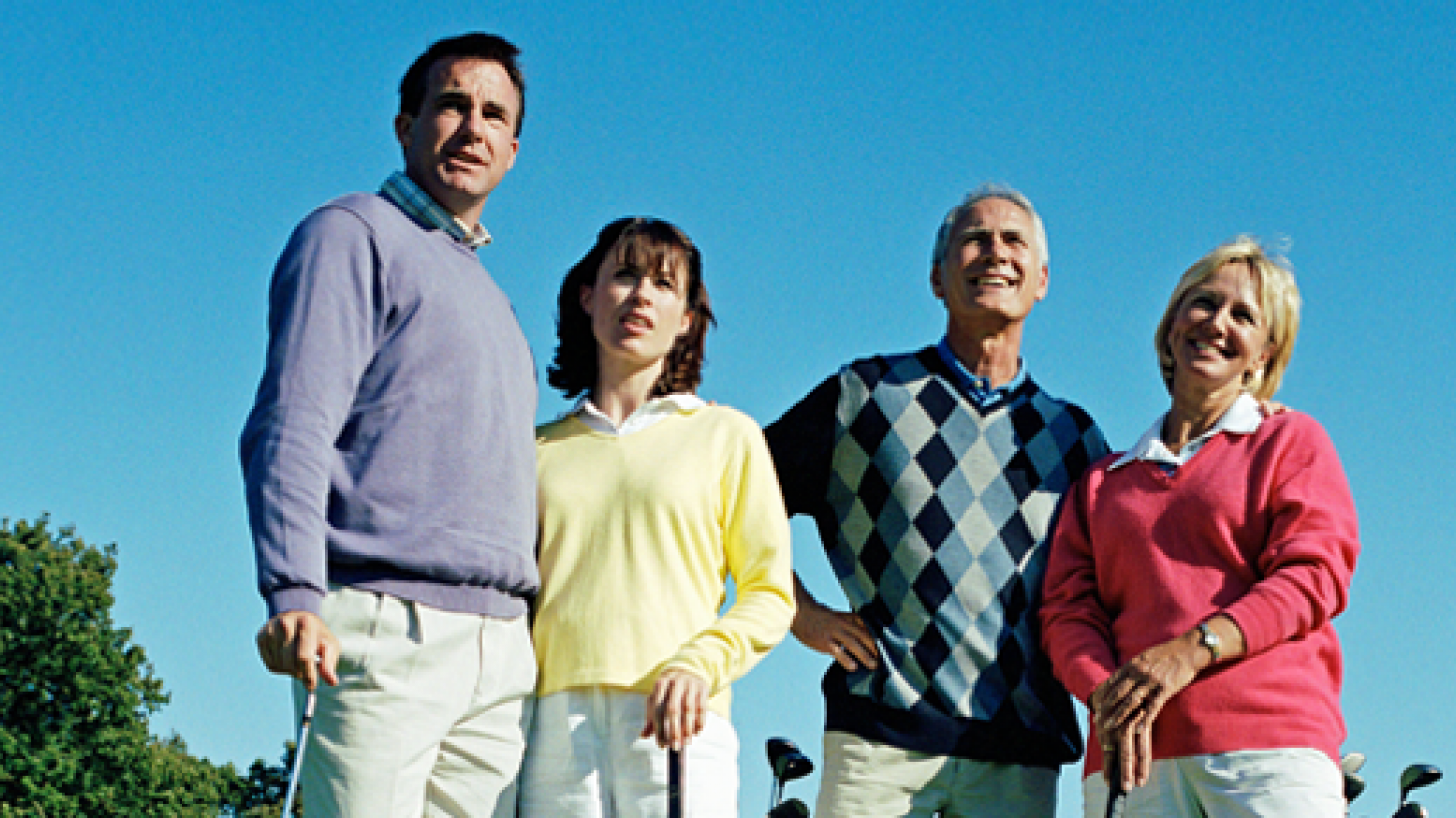5 Tips for Pairing Your Golfers in a Golf Tournament

Sarah Smith, Tournament Sales Manager, Coyote Hills Golf Course
Pairing your golfers within your tournament can be one of the most crucial make-or-break decisions you have the entire day. Most golf tournament participants are a range of skill levels, from the active golfer serious about his game to the participant who has never golfed before, and is just there for the cause. For the active golfer, a slow pace of play could ruin his entire experience. Yet for the non-golfer, he might not even know he is playing slowly. If novice or beginner golfers are not paired correctly, they could have a direct impact on everyone's experience. Conversely, if you pair a serious golfer with several less-serious ones, both parties could be negatively affected.
So what should you do? Here are 5 tips for pairing your golfers in a golf tournament. These tips will help your pace of play, timing, and the overall tournament experience for your players.
5. Serious Golfers on Highest Hole.
For example, if your golfers are starting on Holes 1-9, start these golfers on Hole 9. This will set the pace for all the golfers who follow. This will also make these golfers happy because they will most likely have a gap in front of them.
4. End at the Clubhouse.
If you, the tournament director, or other important people that are directly involved with the tournament are playing, make sure you end at the clubhouse. This means either starting on Hole 1 (so you end on 18), Or beginning on Hole 10 (to end on 9). This enables you a bit of extra time to tie up any loose ends before the banquet, and to make sure you're available to greet golfers as they come off the course.
3. Social Golfers in the Middle.
Pair the “social’ golfers or non-golfers who are just playing in the tournament to socialize or support the cause (or who don't care about the golf as much) toward the middle or back of the groupings. Never put these golfers in the very front or back. You want them to keep up with the group in front of them, and be pushed by the group behind them. Adding these golfers to the middle of your pairings also mitigates any potential conflict from slowing down other participants.
2. Designated "Keep It Going" Golfer.
Try to have at least one person in every group that can keep that group moving. If every group has one decent golfer, they will understand how easy it is to turn a four-hour round to a six-hour round. You can count on your designated golfer to play “ready golf” and keep the group moving.
1. Don't Be Afraid to Ask.
Don’t be afraid to ask people about their skill level prior to the tournament start. This will prepare the tournament for potential slow play. Learning of your players' abilities also helps you get to know your participants more, and better understand why they signed up for your event. Once you open a line of dialogue with them, it will be easier the day of the event to politely encourage them to speed up a little, because you have already introduced yourself to them, and you know that they are more there to enjoy the day, and not compete for an impressive score.
After running an event, tournament directors can understand the importance of timing. One slow golf group can slow down an entire tournament, delay golf, delay dinner, delay the banquet, and eventually delay the golfers from getting home to their families. If this occurs, this will deter players from being involved in your event the following year. But all this can be avoided with some smart pairing, that benefits your tournament and all the golfers—slow and serious alike—so that everyone ends up having a great day and a good tournament experience.
